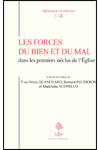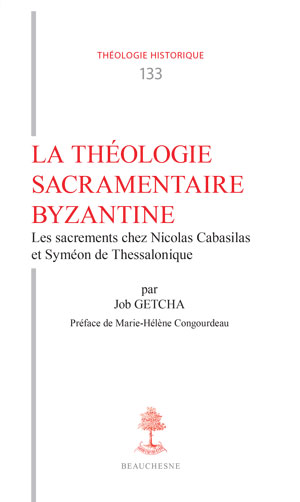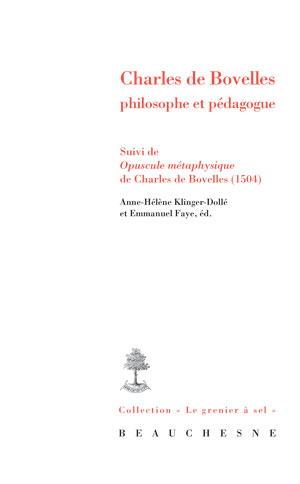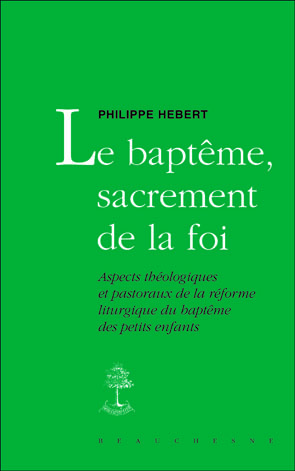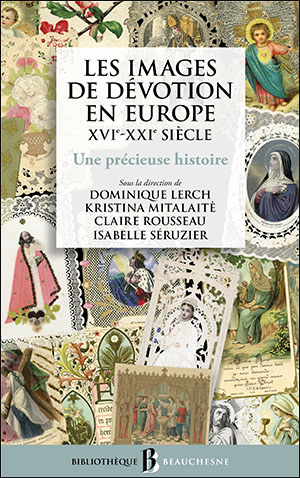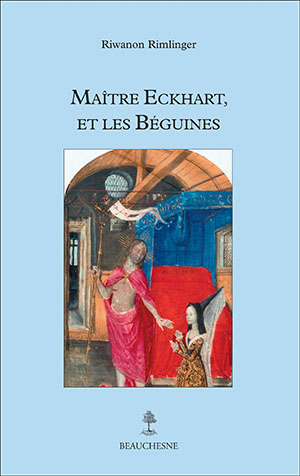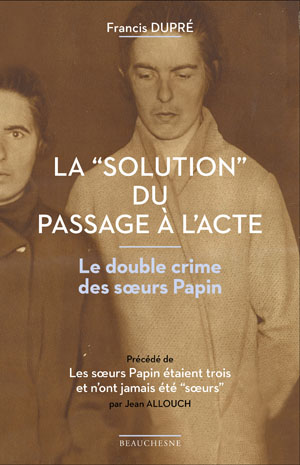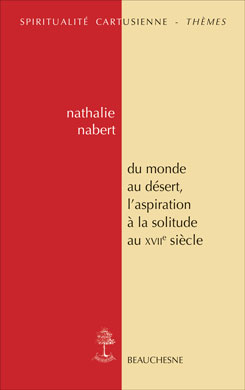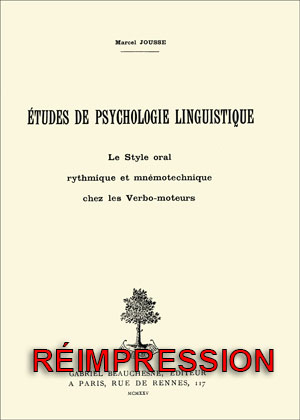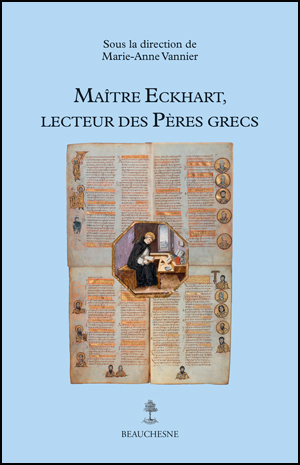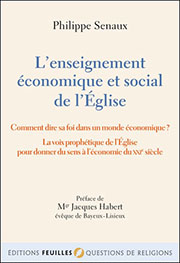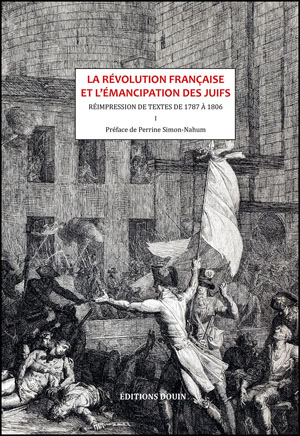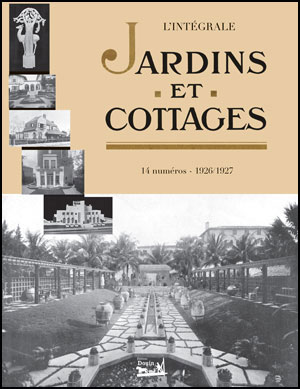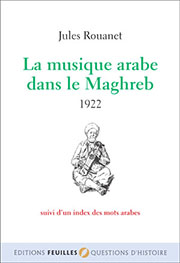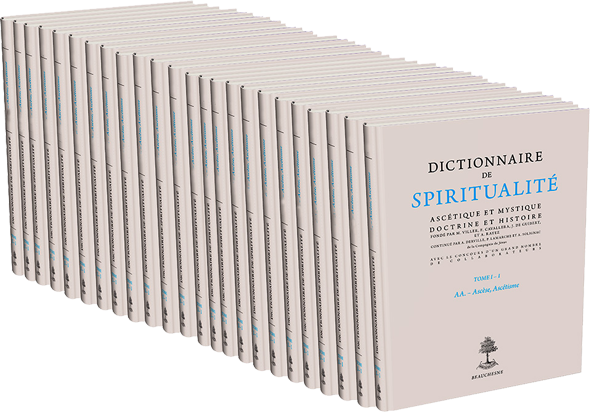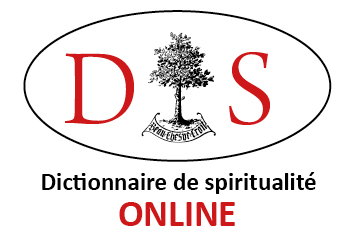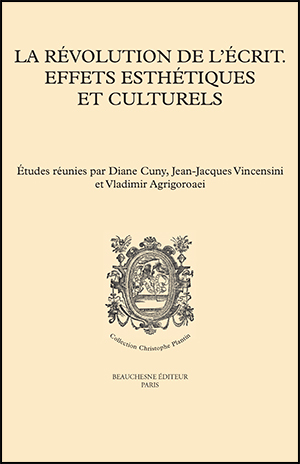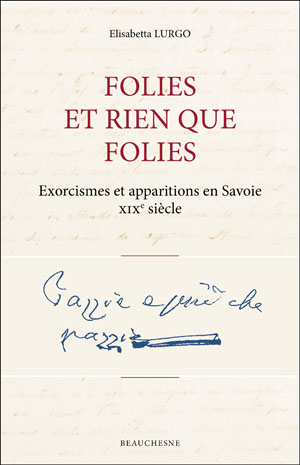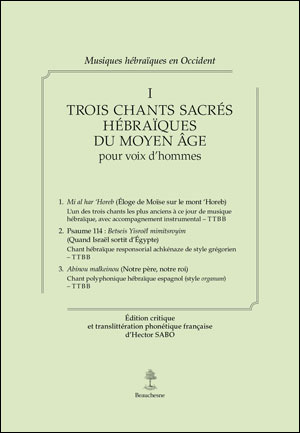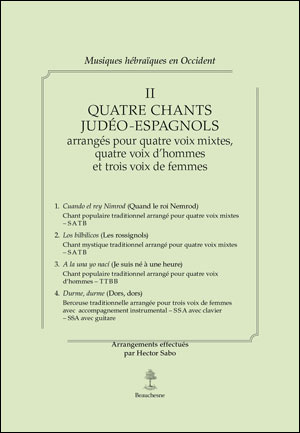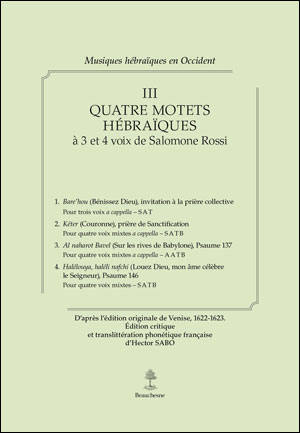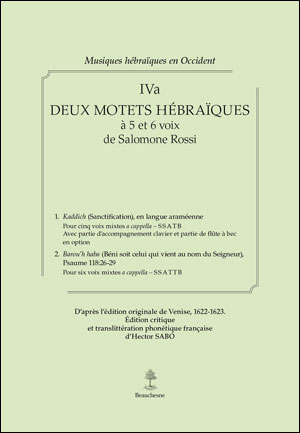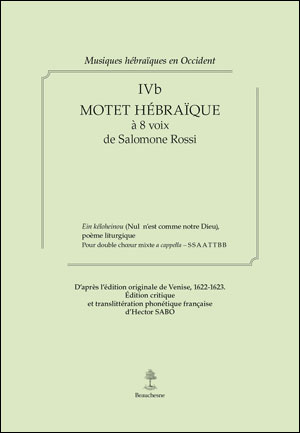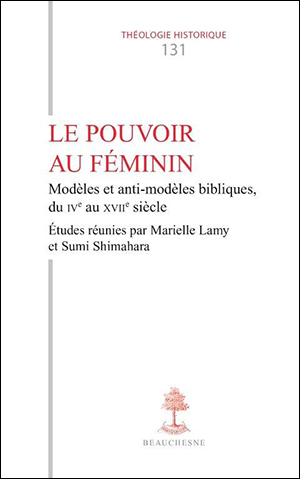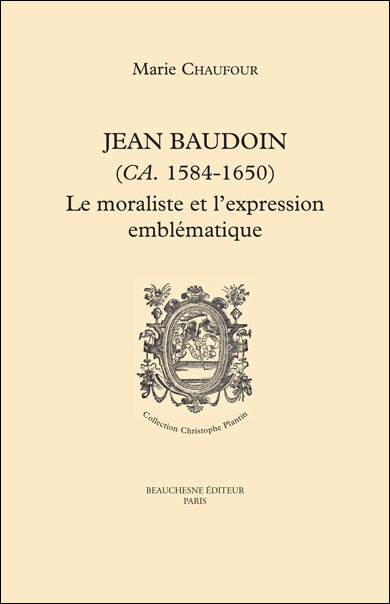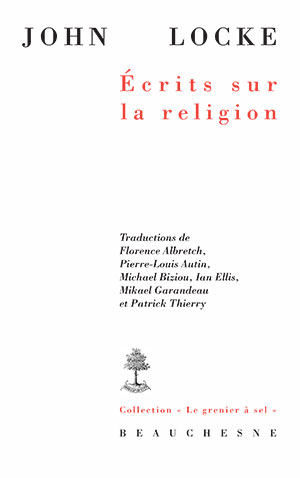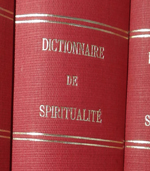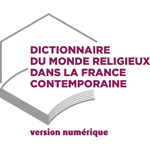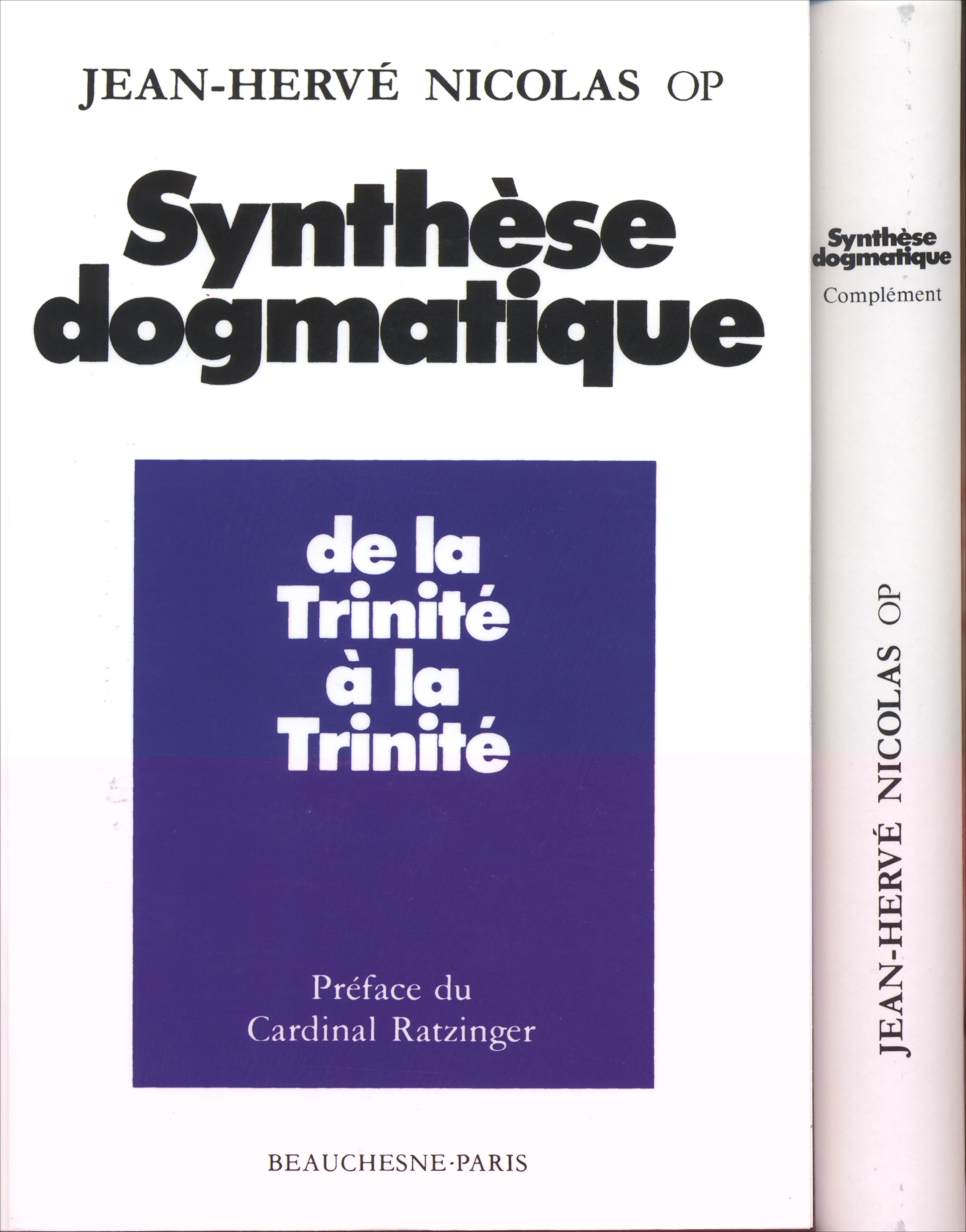69.00 €
TH n°118 LES FORCES DU BIEN ET DU MAL DANS LES PREMIERS SIECLES DE L'EGLISE
Date d'ajout : dimanche 11 novembre 2012
par RAY R. NOLL
REVUE : THEOLOGICAL STUDIES December 2012 (vol. 73, no. 4)
AUTEUR : RAY R. NOLL, University of San Francisco
TEXTE :
The volume gathers the 22 papers presented at the Fourth International Colloquium on Patristic Studies held at the University of Tours, France, September 11–13, 2008. The event was organized by the Department of Greek Literature at the University in collaboration with the faculty of theology at the Institut Catholique in Paris and the Centre Lenain de Tillemont at the Sorbonne. The colloquium’s theme expressed in the volume’s title, namely, The Forces of Good and Evil in the Early Centuries of the Church, is divided into three parts.
The first focuses on “Good and Evil: A Philosophical Problematic” and opens with Bernard Pouderon’s superb 30-page stage-setting paper on “The Origin of Evil according to the GreekApologists : Matter and Spirit.” (Pouderon organized all four colloquia scheduled every four years from 1996.)
He shows us the insights into the problem of evil in the works of Justin, Athanagoras, Theophilos, Aristides, Tatian, and Melito of Sardis in their own words and with his analysis of them. Other papers in this part include one on Tertullian’s views on the origin of moral evil, and another on the poetry of St. Ephrem, the deacon of Nisibe, who calls theological rationalism the very root of evil.
In the second part, “Temptation and Choice,” the first paper deals with spiritual discernment and compares how a text like 1 Corinthians 3:11–15 was received differently by Origen and Cyprian. Another traces the figure of the Christian orant in patristic writings from Origen to Evagrius. Still another discusses “Sin and the Liberation of Mankind according to St. John Damascene.”
In the third part, “Figures and Types,” we find such papers as “Cain, a Figure of Evil according to Philo of Alexandria,” “The Eschatological Adversary in the Apocalypse of Peter,” and “The Figure of the Anti-Christ according to Jerome.”
This collection of papers, as scholarly as it is, suffers from the plight of any large collection of closely related sub- jects by numerous authors: the papers vary considerably in quality and applicability and thus will be of value principally as a resource in a university setting where historical and theological research is being done, and where funds are available for the book’s acquisition.
The volume itself is superbly edited and attractively presented.
AUTEUR : RAY R. NOLL, University of San Francisco
TEXTE :
The volume gathers the 22 papers presented at the Fourth International Colloquium on Patristic Studies held at the University of Tours, France, September 11–13, 2008. The event was organized by the Department of Greek Literature at the University in collaboration with the faculty of theology at the Institut Catholique in Paris and the Centre Lenain de Tillemont at the Sorbonne. The colloquium’s theme expressed in the volume’s title, namely, The Forces of Good and Evil in the Early Centuries of the Church, is divided into three parts.
The first focuses on “Good and Evil: A Philosophical Problematic” and opens with Bernard Pouderon’s superb 30-page stage-setting paper on “The Origin of Evil according to the GreekApologists : Matter and Spirit.” (Pouderon organized all four colloquia scheduled every four years from 1996.)
He shows us the insights into the problem of evil in the works of Justin, Athanagoras, Theophilos, Aristides, Tatian, and Melito of Sardis in their own words and with his analysis of them. Other papers in this part include one on Tertullian’s views on the origin of moral evil, and another on the poetry of St. Ephrem, the deacon of Nisibe, who calls theological rationalism the very root of evil.
In the second part, “Temptation and Choice,” the first paper deals with spiritual discernment and compares how a text like 1 Corinthians 3:11–15 was received differently by Origen and Cyprian. Another traces the figure of the Christian orant in patristic writings from Origen to Evagrius. Still another discusses “Sin and the Liberation of Mankind according to St. John Damascene.”
In the third part, “Figures and Types,” we find such papers as “Cain, a Figure of Evil according to Philo of Alexandria,” “The Eschatological Adversary in the Apocalypse of Peter,” and “The Figure of the Anti-Christ according to Jerome.”
This collection of papers, as scholarly as it is, suffers from the plight of any large collection of closely related sub- jects by numerous authors: the papers vary considerably in quality and applicability and thus will be of value principally as a resource in a university setting where historical and theological research is being done, and where funds are available for the book’s acquisition.
The volume itself is superbly edited and attractively presented.
Moteur de recherche www.editions-beauchesne.com
Le moteur peut rechercher dans différents champs :
- Un nom d’auteur (AUTEUR)
- Un mot du titre (TITRE)
- Un ISBN
- Un mot du texte de présentation (TEXTE)
- Un mot du sommaire ou de la table des matières (SOMMAIRE).
La recherche dans les champs TEXTE et SOMMAIRE peut être un peu longue.
En cliquant sur un resultat la fiche du livre correspondant s'ouvre dans un nouvel onglet.
Search engine www.editions-beauchesne.com
The engine can search in different fields:
- An author's name (AUTEUR)
- A word from the title (TITRE)
- An ISBN
- A word from the presentation text (TEXTE)
- A word from the summary or the table of contents (SOMMAIRE).
The search in the TEXTE and SOMMAIRE fields may take some time.
Clicking on a result open the book's sheet in a new tab.

